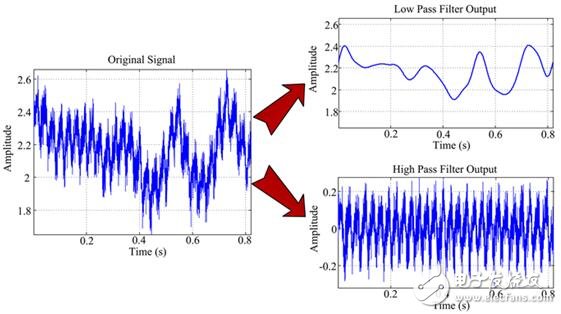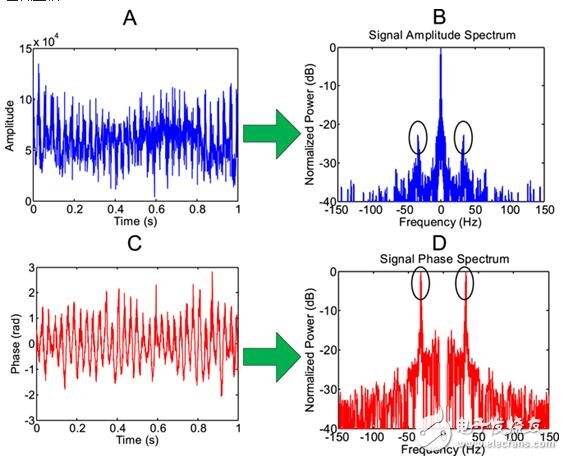According to a report by Mammus Consulting, Chinese scientists have shown that a new type of radar with very high sensitivity is being developed, which can detect mosquitoes a mile away. According to researchers involved in government projects, the device uses the latest military technology to measure the flapping speed of insect wings at individual levels. It is said that this radar can be used to track migratory mosquitoes and warn people who are at risk of developing diseases such as malaria or Zika virus. Last year, it was reported that China is creating a new type of radar that can detect stealth aircraft. Recently, a report from the International Institute for Strategic Studies warned that China is challenging Western military hegemony by expanding its military capabilities and will be using stealth combat aircraft by 2020. An analyst who asked not to be named said in an interview with the reporter of the South China Morning Post: "At present, the goal of identifying and tracking the size of a single mosquito is no longer a plot in science fiction. In fact, we will be able to Let this new radar technology out of the lab and use it to save lives." Long Teng, the head of the project from Beijing Institute of Technology (BIT), has published several research papers on this subject. In fact, Professor Long Teng proposed a new method for obtaining 3D flight trajectories of insects at the individual level in 2016. Last year, in the famous British magazine "Nature", published "Micro-Doppler measurement of insect wing-beat frequencies with The paper by W-band coherent radar shows that radar can be used to identify species. The team led by Longteng has received more than 82 million yuan from the Chinese government to build a full range of mosquito detection radars for on-site testing. Professor Long Teng's paper elaborates on the principle of using W-band coherent radar to detect insects. In general, insects have a wing beat frequency higher than 10 Hz, so high-pass filtering below 10 Hz can be used to separate the wingbeat-modulated signal, as shown below. However, it was found in the experiment that the signal intensity caused by the wing beat in the S-band is relatively weak, and the S-band radar can only measure the wing beat frequency of larger insects with a body length greater than 24 mm. The wing beat average power of the W-band measurement is an order of magnitude higher than that of the S-band. Therefore, it is more appropriate to use W-band coherent radar to detect insects. The picture shows the separation of body motion and wing beat signal of insects. At the same time, Professor Longteng's experiments also showed that measuring the wing beat frequency of insects, the micro-Doppler phase measurement accuracy is higher than the amplitude-based measurement method. The minimum wing beat frequency estimation error based on phase modulation is three times lower than the minimum wing beat frequency estimation error based on amplitude modulation. The picture shows the wing beat frequency extraction of the two measurement methods, the difference is significant. The extracted amplitude and phase are shown in A and C, respectively. It is then separately measured by Fourier transform to obtain beat frequencies in B and D. The black ellipse marks the peak corresponding to the wing beat frequency Suizhou simi intelligent technology development co., LTD , https://www.msmvape.com
